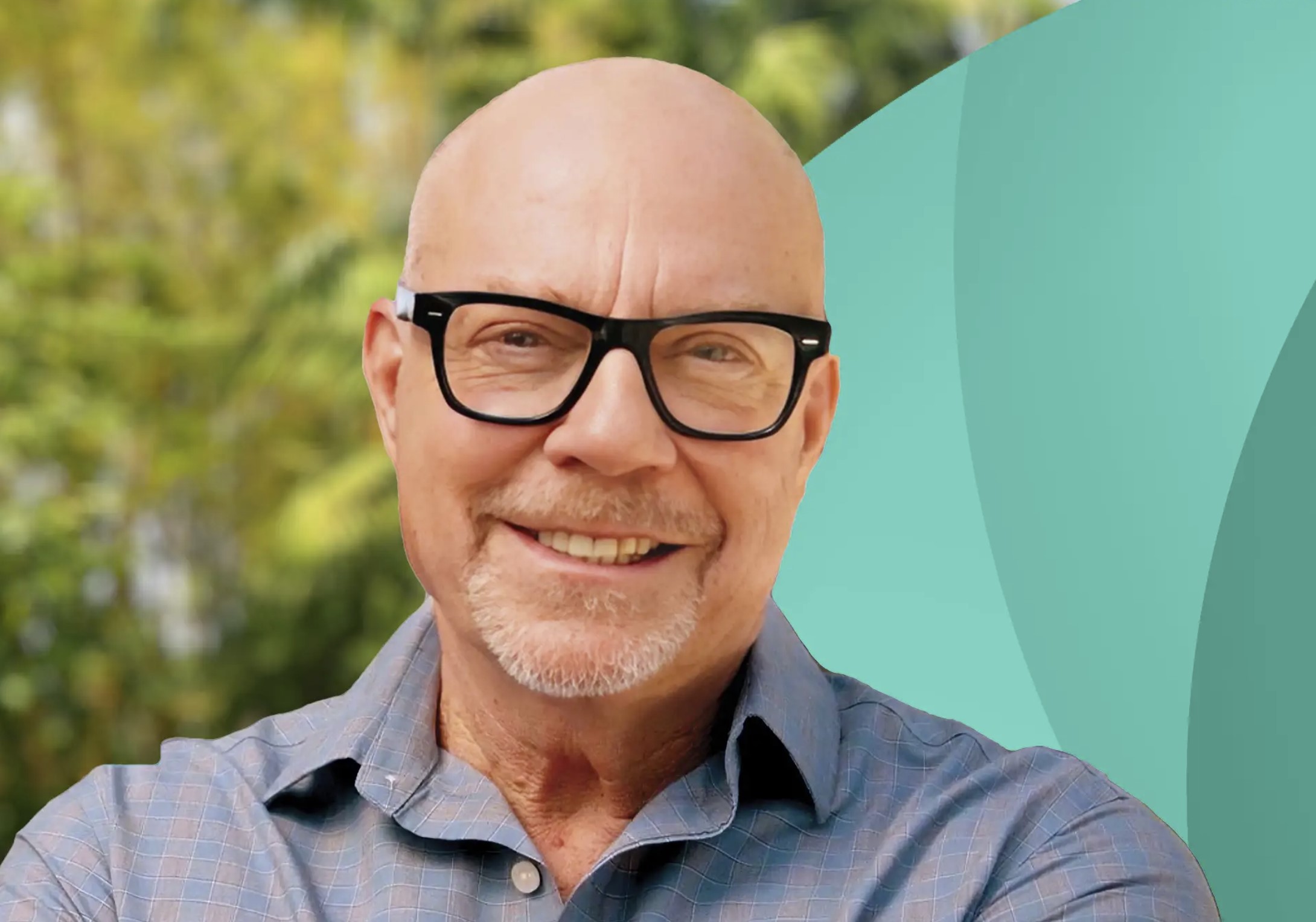Utah musician Addison Grace said the songs on their debut album, “Diving Lessons,” explore the healing process and the complications around it.
“There’s a lot of conversation about how healing is such a good thing and it’s beautiful, sunshine and rainbows,” Grace, who uses he/they pronouns, said. “But for me, healing has always been like one of the worst things I’ve ever had to do. … You go through something painful and now you have to recover from it. That sort of sucks in a way.”
One specific memory inspired the album’s title, they said: Around age 6, when they were learning to swim.
“There was a part of the swimming lessons where they made us go on the high dive, and there was supposed to be a lifeguard that could catch you,” Grace said. “I remember just being on top of this diving board and crying and wanting to come down.”
After 10 minutes of crying, Grace said they jumped off. Once they hit the water, they just kept sinking. Eventually, it ended up being fine.
“It sort of reminded me of the healing process of, like, hitting the water and kind of choking for air and having to go to the side because there’s really no other choice. You can’t just think, you have to go somewhere — and that’s sort of what the healing process felt like for me.”
‘I found my sound’
“Diving Lessons,” which was released Sept. 29, is an amalgamation of late ‘90s pop punk and indie pop, tinged with his dreamy vocals (reminiscent of their choir background) and currents of electric guitar.
Grace, who grew up in Salt Lake City and is queer and transmasculine, said he worked on the 11-song album for a little under a year. As an anxious person, he is both excited and nervous to share the album. He previously released two EPs, “Immaturing” and “Things That Are Bad For Me.”
“With this album, I’ve sort of found myself as an artist, and I found my sound and I know what I want to talk and write about,” Grace said. “I almost feel like I’m sort of reintroducing myself, and that’s kind of like a really nerve-wracking thing to do.”
The album also differs from his EPs, because he said those were “a lot of me experimenting as an artist, and trying to figure out what my sound was, who I wanted to be.”
The new album is also full of more confident indie pop. Take the opening track, “Fish,” a production jewel that features the sound of bubbles being blown under water. The track’s lyrics mirror that level of creativity: ‘”It feels like everybody learned how to swim / And I somehow missed the lesson where we learned we are fish.”
The water theme continues on the track “bath,” which features the sound of water dripping from a tap.
(Monica Murray | AWAL) Singer-songwriter Addison Grace, who hails from Salt Lake City, released their first album, “Diving Lessons,” on Sept. 29, 2023.
From choir kid to coffee shops
Grace said they’ve lived in Utah their entire life, and with a single mom who worked 80-hour workweeks to support three kids, they were often thrown into extracurriculars — including ballet, hip-hop, choir and just about any other performance-oriented activity.
“Which was hilarious, because I was the quietest kid on Earth and I didn’t want to be on a stage and I wanted no one to look at me,” Grace said with a laugh. “My mom sort of described it as, like, I would have these performances and recitals, and I would go up to the mic and you just couldn’t hear me, but you would clap anyway.”
That all changed, Grace said, when he was 12 and sang a song from the Disney movie “Hercules.” His mom said when Grace started singing, it was as if he just woke up and suddenly had a voice.
“It really snowballed fast, where I was in church choirs, school choir, anything that could teach me how to sing,” Grace said. “I stole my brother’s ukulele because I wanted to learn how to song-write. I practiced until my fingers started bleeding.”
They would sneak out to perform at coffee shops, just to have people hear their music. They would post online on a secret account to gain traction. “One day, it just kind of took me by a chokehold and it became, like, everything to me. I think it was just because I’ve always been a quiet kid and been really bad about voicing myself. Music just sort of became like my diary and how I expressed myself.”
Whimsy and honesty
That expression is clear on the album — and in the way Grace speaks about creating it.
The lead single, “Pessimistic” — full of the early 2000s angst that powered movie soundtracks like the one from “Freaky Friday” — started out as a song Grace felt very passionate about. The first time they sent it to their team, the all-caps response was: “THIS IS A SINGLE!”
“Sometimes when my head’s in space, I swear I see the god that everyone is crying to and talking about,” Grace croons in the track.
“I sort of just felt in that moment like, ‘Oh, I did it. I found my sound,’” Grace said. “I just kept having those moments and it kept getting repeated.”
Another standout memory from creating the album was the process behind the song “SLIME!”
Grace said the album was originally going to be 10 songs, but one day they sat at their desk and wrote the track. They sent it to their team at the last minute, and Grace was able to finish it with producer Robin Skinner.
“It ended up becoming like the most intricate song on the album, with so many instruments and so many different things going on all at the same time,” Grace said. Their management called and told them they wanted to make it a single, too.
It makes sense, as “SLIME!” is a perfect embodiment of what the album is all about: A bit of whimsy combined with honesty. And lots of electric guitar.
“It was so funny to watch ‘SLIME!’ become a song, where it was …last minute, and wasn’t gonna be on the album. No one was really paying attention to it.”
The album’s songs display a certain level of growth and maturity through a fun lens. Take the songs “Forgive You” and “I Miss You(r Dog),” which are opposites thematically and emotionally — the former a soft nod to learning to let go, and the latter an electric ode to missing someone’s dog but not their owner.
When asked to pick a favorite song off the album, Grace qualifies the question: “SLIME!” for production, instrumentation and energy; “bath” for the lyrics; and “Pessimistic,” because “it’s the first time I’ve ever described myself in a song and ever encompassed how I feel like existing feels to me.”
(Monica Murray | AWAL) Singer-songwriter Addison Grace will headline on a North American tour in October and November, with the final stop scheduled for Soundwell in Salt Lake City on Nov. 21, 2023.
Going on tour
Grace is fairly popular on TikTok, for their personality-driven posts, and has amassed 3.8 million followers — which he said happened really fast, out of nowhere, they said.
“It gives a lot of voices to people that don’t have any connection,” Grace said. “I grew up in Utah and I don’t travel and nobody in my family does music and I don’t really know anybody that plays any instruments. I really kind of have no hope for having a career in this, unless I really travel and push myself and talk to everybody.”
According to a release from Grace’s publicist, it was on Instagram where they first released cover songs and a few originals. Grace got the attention of the manager of the English singer-songwriter Skinner, aka Cavetown (Grace wore a Cavetown hoodie in one of their videos). The manager, impressed with Grace’s voice and lyrics, signed them, and brought in Skinner to produce their debut album, which was recorded in London.
Grace said both TikTok and Instagram give them a chance to be heard, and give people the opportunity to be independent artists. “It’s able to give more diversity into the music industry,” they said.
To support “Diving Lessons,” Grace will start a 24-city North American tour, starting in Portland, Ore., on Oct. 21. Also on the bill are Rachael Jenkins and Mia Hicken; Hicken, Grace said, was one of the first people they ever performed at a coffee shop with.
The tour will end on Nov. 21, back home in Salt Lake City, at Soundwell, 149 W. 200 South. “I always want tours to end in my home state,” Grace said. “It sort of feels like a grand finale.”
“I love our state, but I think you don’t always see a lot of trans or queer types of artists in Utah coming up at this age making this type of music,” Grace said. They hope people give them a chance to “maybe give some new voice to some ideas here, in the industry and in music.”
Editor’s note • This story is available to Salt Lake Tribune subscribers only. Thank you for supporting local journalism.


































